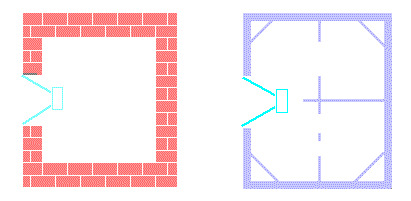Sealed cabinet. Bass speakers softly suspended may have (outside of box) a free air fundamental cone resonance (20-35Hz) which is below the lowest bass notes (eg 40-50Hz). In design, the speaker is put in an imaginary infinitely large box. This imagionary box is then reduced in size to bring the combined resonance (system resonance) up by approx √2 (1.414) which is higher in resonance than the free air resonance of the speaker. The math to predict system resonance becomes acurate from this point. Speaker box sizes are often chosen by marketing. Design engineers are required to select the best bass speaker for a given size box.
Low weight cone speakers need a large box whereas heavy cone speakers need a smaller box to bring them up to the same resonant frequency. Heavy cone speakers are less efficient with lower Q.

The square root of 2 (√2 = 1.414) and the inverse of root 2 (1/√2 = 0.707) are the most used numbers for academic calculations of speaker systems. Above is an example of changing box volume ratio 1:2 for the same speaker. The box-speaker system resonance changes by √2 = 1.414

Above are the approx box volumes and crossover points for a 4 way system. These points can be moved to suit the individual speakers.
Sub-woofer EQ There is a large market for active sub-woofers especially for home cinema and vehicles. Many sub-woofer boxes use 10-12in speakers in very small boxes, approx 1- to 2 cubic ft or 30-60 litres. The fundamental resonance of these speaker-box systems can be as high as 50 to 100Hz. Below system resonance the cone cannot increase excursion at 4 times the distance for each octave decrease, as previously explained. Below system resonance the cone excursion is kept constant by the box. Efficiency and therefore frequency response rolls off at -12dB/octave (1/16th the sound level for each octave decrease below system resonance).
Many sub-bass amplifiers have special equalization (EQ) to boost amplifier power, compensating for the decrease in efficiency below resonance. Eg. If the speaker-box system resonance is 60Hz and the system is required to be flat down to 30Hz, then the amplifier will have to put out 16 times more power at 30Hz to compensate. These speakers already have heavy cones and therefore inefficient. Amplifier power requirement can be approx 300 Watts for domestic application. Some systems designed this way work well but often sound un-musical (dead).
Bass Reflex phase Inversion Enclosurers
Ported Box The trend for boxes to be small makes the port a forced compromise. The ported box becomes a Helmholtz resonator (enclosed volume of air with aperture) similar to musical wind instruments. The resonator generates an artificial bass to represent the lowest notes. These generated notes have a separate tonal quality to the notes above them and are in reverse phase.
Most high powered professional bass speakers, for PA systems, are designed to be used in ported boxes. These speakers are tightly suspended. Their free-air fundamental resonance is often above the lowest bass notes. Also the actual free air resonance of the speaker is often higher in frequency that the marketed specifications (eg 45-55Hz). This is done to give the speaker a higher power rating. If placed in a sealed box the system resonance may raise to 60-75Hz. For these speakers the port is the only means by which the lowest bass notes can be generated regardless of box size. The port extends the frequency response below what the box would normally do if it was sealed. But unlike the sealed box which rolls off at -12dB/octave below system resonance, the port rolls off at -24dB/octave below port resonance.
Ports also make the speaker vulnerable. Frequencies below what the port is tuned for, cause the speaker to behave as though it is outside the box. At high power, at frequencies below the port tuning, the cone movement is so extreme and can easily damage the speaker. To protect the speaker it is essential to put a filter circuit, in or before the amplifier, preventing frequencies below the port tuning being amplified to the speaker. More details in (Amplifiers Voltage Drive Current-Drive).
Isobaric Compound sub-bass

Isobaric Cavity Drive sub-bass is a special high-powered Helmholtz resonator. The speakers are inside the box and compounded to increase power. The 2 speakers are coupled together to act as a single speaker. Frequency response is limited to within the lowest 2 octaves. Cavity drive can be efficient and generate similar bass energy as a normal sealed speaker box 2 to 4 times in size.
There are many excellent books and software programs for calculating box sizes and port tunings.
Baffles
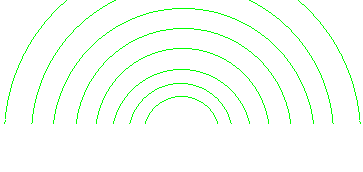
The infinite baffle is the simplest of all baffles. It is a theoretical concept referring to a speaker delivering a hemispherical polar response, free of diffraction created by box corners etc. It also refers to a sealed box where sound from the back of the speaker is 100% absorbed, and only the sound from the front of the speaker is heard.

A circular box is the best acoustical container for a speaker, but is more difficult to construct. The rectangular box with parallel sides, is the worst container for a speaker to be placed in. The inside parallel walls of the box coincide with wavelengths of musical frequencies, creating standing waves and resonances. It is important to put acoustical absorbent material inside the box, to absorb sound from the rear of the speaker. Fibreglass is best if you are not allergic to it.
Box construction
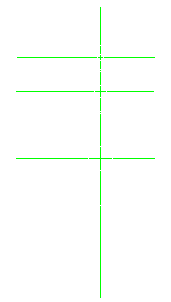
A speaker box is 6 pieces of wood screwed and glued together. In a rectangular box it is important to place the speakers in line, off centre, to minimise external diffractions from the sides. Diffractions created by equal wave-lengths (path-lengths) to corners, sides, cause the most problem. Aspect ratio (height - width - depth) must be un-equal. path-lengths between the sides, top to bottom, front to back, must be un-equal.
Make sure all measurements from the centre of each speaker to any side or top are not equal. In theory the box should have no parallel sides and no right angles. The box should be absolutely air tight (port excepted). Every side should be cross-braced. Also put cross-braces across the baffle, between the speakers. The box should produce no mechanical resonances. A true fanatic would put lead-lining on the inside and a double sand filled outer shell. The speakers should be vertically in line, off center and close together as possible. Fidelity improves if sound appears to come from a point source.
